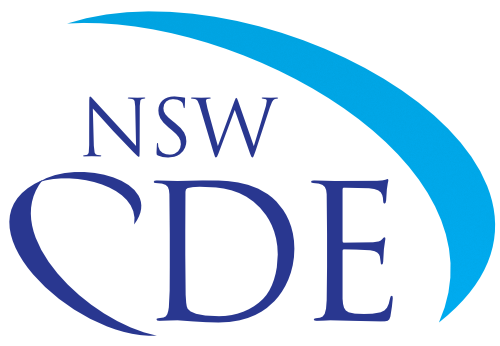Politicians and policy-makers often say that education programs must admit the best and brightest students. But Finnish education expert Pasi Sahlberg argues that this term must be challenged to ensure students understand what it means to be a teacher.
Article by Erica Cervini
Should we be focused on attracting the “best and brightest” education students?
Pasi Sahlberg, deputy-director of the Gonski Institute for Education at University of NSW, says that on the surface it sounds logical to want the best.
“It’s very easy to accept,” he says. “[it] is so simple and clear that it’s very hard to disagree with. So that’s why ministers and policy-makers and private funders like it when they hear this statement that we need the best and brightest.”
But Professor Sahlberg argues that adopting the term without analysing what it means can produce poor education policies and distract from the other qualities prospective education students need to become good teachers Even asking how to attract the best and brightest is the wrong question.
Professor Sahlberg says that he has no problem with finding smart people to teach, but using the catch-cry of the best and brightest as a basis for education policies is flawed.
He illustrates this point by referring to the time he was a visiting professor at Harvard University, where he taught a significant number of education students. Many of these had come from elite universities and had been selected to do a five-week teaching program, Teach for America (Australia has a similar program).
“Some of them certainly were good teachers, but many of them actually told me that when they were recruited to teach and were preparing to go through this five-week training, they had no idea about being a teacher or being part of the profession,” Professor Sahlberg says.
He is also concerned that narrowly focusing on the academic abilities of prospective education students overlooks other skills they need to be effective teachers. They should have empathy for their students, leadership skills and have a clear idea on why they want to teach.
Professor Sahlberg, who spoke at this year’s UNSW Council of Deans of Education conference, knows from personal experience how important it is to look beyond academic ability in selecting future teachers.
He admits that he was not especially talented at maths when he was at school in Finland and had to work hard while doing mathematics at university. Nevertheless, Professor Sahlberg went on to become a teacher.
“If I had been the best and brightest in mathematics, I would have probably entered being a teacher who kind of feels that everything is easy and wouldn’t understand why you [students] don’t get it,” he says. “And certainly, as a teacher I would have missed all these understandings on how to teach things that are not self-evident to everybody.”
To gauge if students have an aptitude for teaching, he recommends that they be interviewed. Finnish students wanting to do education courses must attend interviews.
“If we were selecting [education] students in the Finnish system only by looking at their grades – how smart they are – we would have a completely different type of [student] make up,” says Professor Sahlberg, who was also teacher-educator, researcher, and policy advisor in Finland.
Professor Sahlberg maintains that if entry to education courses is rigorous and competitive, and trusted and respected “you automatically would get the best [students]”. To qualify as a teacher in Finland, students need a master’s degree in education. Finnish universities also educate almost exactly the number of teachers that are needed in schools.
In fact, Professor Sahlberg argues that we should be identifying high quality initial education programs, instead of focusing on how to attract the best and brightest teaching students.
“If you’re really keen on continuing this best and brightest idea, let’s start by asking ourselves what would be the best and brightest ways to rearrange the next generation of initial teacher education in our universities for primary school teachers?” he says.
Professor Sahlberg says that education is not the first area for politicians and policy-makers to talk about hiring the best and brightest. US President John F. Kennedy subscribed to the notion of hiring the best to find solutions to big problems. But Professor Sahlberg says this turned out to be a “bad idea” because the brightest are not always those who can work with others.
It’s the same in teaching. And in profession there are also problems that teachers can’t fix.
Professor Sahlberg says no matter how smart teachers are, they will never be able to overcome the growing inequality in Australia’s school system between disadvantaged and advantaged schools.
Pasi Sahlberg is Professor of Educational Policy and Deputy Director of the Gonski Institute for Education at the University of New South Wales.
